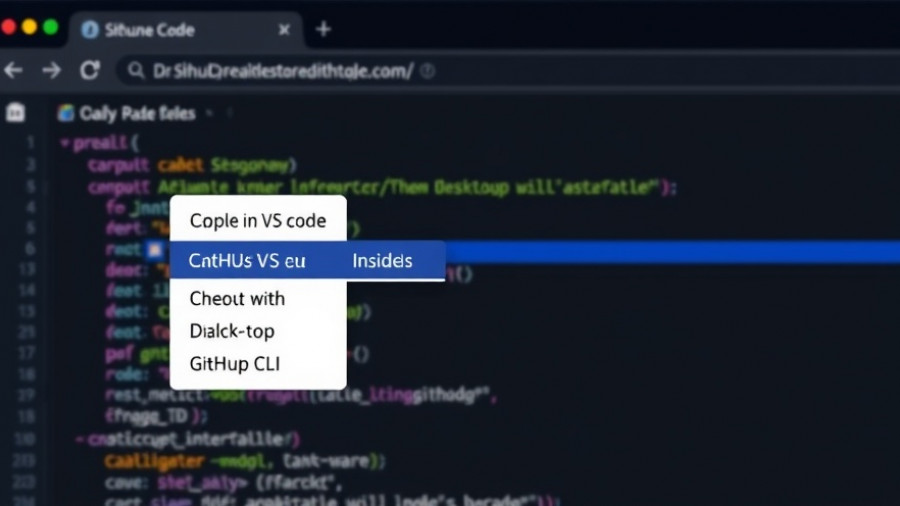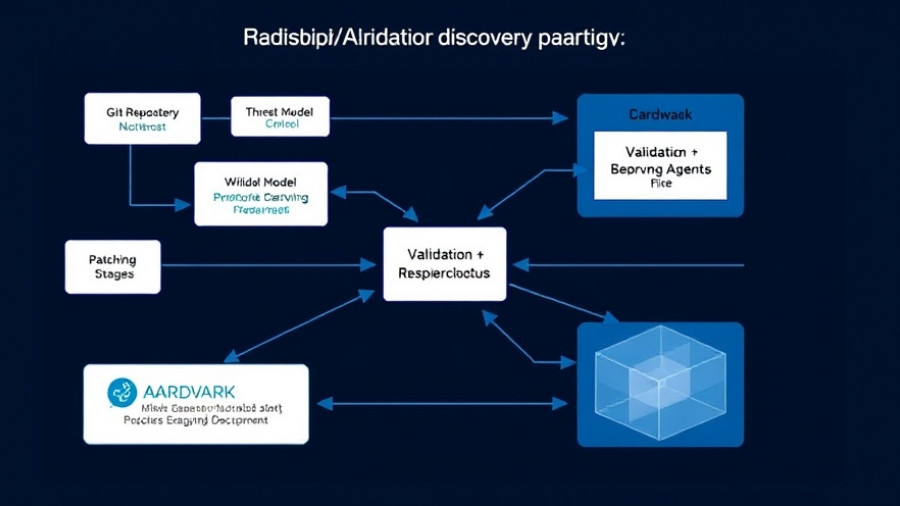
Revolutionizing Cybersecurity in the Age of AI Agents
Proofpoint has taken a bold step forward in the cybersecurity arena by launching its new Agentic AI solutions, designed specifically to cater to the unique challenges that emerge when humans and AI agents collaborate. Announced at the recent Proofpoint Protect 2025 conference in Nashville, these solutions aim to secure the evolving workspace where AI is becoming a vital assistant to human productivity.
According to CEO Sumit Dhawan, AI agents can significantly enhance workflow efficiency; however, they also extend the attack surface for cyber threats. The inherent vulnerability of AI tools to manipulation through social engineering tactics presents a pressing concern. "The next evolution of human-centric security extends beyond just protecting people; it encompasses safeguarding AI assistive agents and the critical points where they interact with human users," Dhawan stated.
Addressing Key Challenges in AI Collaboration
Proofpoint’s new tools target four essential challenges related to AI security:
- Protecting AI Assistants from Targeted Attacks: As cybercriminals adapt their strategies, traditional defense mechanisms need to be reimagined. AI assistants like Microsoft Copilot face threats from email-based exploits where attackers embed malicious prompts to misguide these agents.
- Preventing Data Loss: Whether through human error or AI missteps, unauthorized data sharing remains a significant risk. The aim is to implement stringent data access policies that help in preempting potential leaks.
- Governing Generative AI Actions: With increasing autonomy, governing the actions of AI agents is paramount. This allows organizations to establish control over how AI interacts with sensitive information.
- Automating Collaboration and Data Security: By integrating AI to automate data protection, security professionals can dedicate more time to strategic decision-making rather than reactive measures.
Innovative Solutions Designed for the Agentic Workspace
The launch includes several tools like the Proofpoint Prime Threat Protection and Proofpoint Data Security Complete, which demonstrate a sophisticated understanding of both technical needs and practical applications. For instance, the Prime Threat Protection solution actively blocks AI exploits, preventing dangerous prompts from even landing in users' inboxes.
Data Security Complete goes beyond conventional classification methods. Utilizing Autonomous Custom Classifiers, it minimizes human input, allowing workplaces to find and classify sensitive data effectively while keeping it secure across various platforms.
Moreover, Proofpoint AI Data Governance plays a vital role in tracking AI usage, thus protecting privacy and preventing unnecessary data exfiltration. With AI becoming a part of everyday processes, strict governance is essential to ensure information stays confidential and secure.
The Future Role of AI in Cybersecurity
The introduction of Proofpoint’s Secure Agent Gateway epitomizes how organizations are evolving their cybersecurity measures to meet the demands of AI collaboration. This tool helps in monitoring which agents access specific data and ensures compliance with security protocols—fortifying defenses against potential intrusions.
The role of AI tools in data governance opens exciting avenues while simultaneously presenting challenges. As we move towards a more integrated future with AI agents performing critical functions, understanding how to leverage these technologies safely is essential. Dhawan's vision for an agentic workspace reflects a deeper understanding of the interplay between humans and technology and a proactive approach to capitalizing on AI's capabilities.
Why This Matters to Tech Enthusiasts
For tech lovers, the evolution of Agentic AI systems heralds a new era where personal productivity tools seamlessly integrate with robust cybersecurity measures. Not only does this enhance our ability to work effectively, but it also reassures users that their interactions with AI systems are secure. Embracing such innovations enables users to explore the full potential of AI benefits without the fear of digital vulnerabilities.
Join the Conversation: What's Next for AI in Security?
As cyber threats evolve, so must our strategies for addressing them. Proofpoint’s focus on human-centric solutions integrates AI advancements while managing their associated risks, setting the stage for future innovations. Join us in exploring how AI agents can revolutionize the workplace and what steps can be taken to ensure these new tools are protected and utilized wisely.
 Add Row
Add Row  Add
Add 




Write A Comment